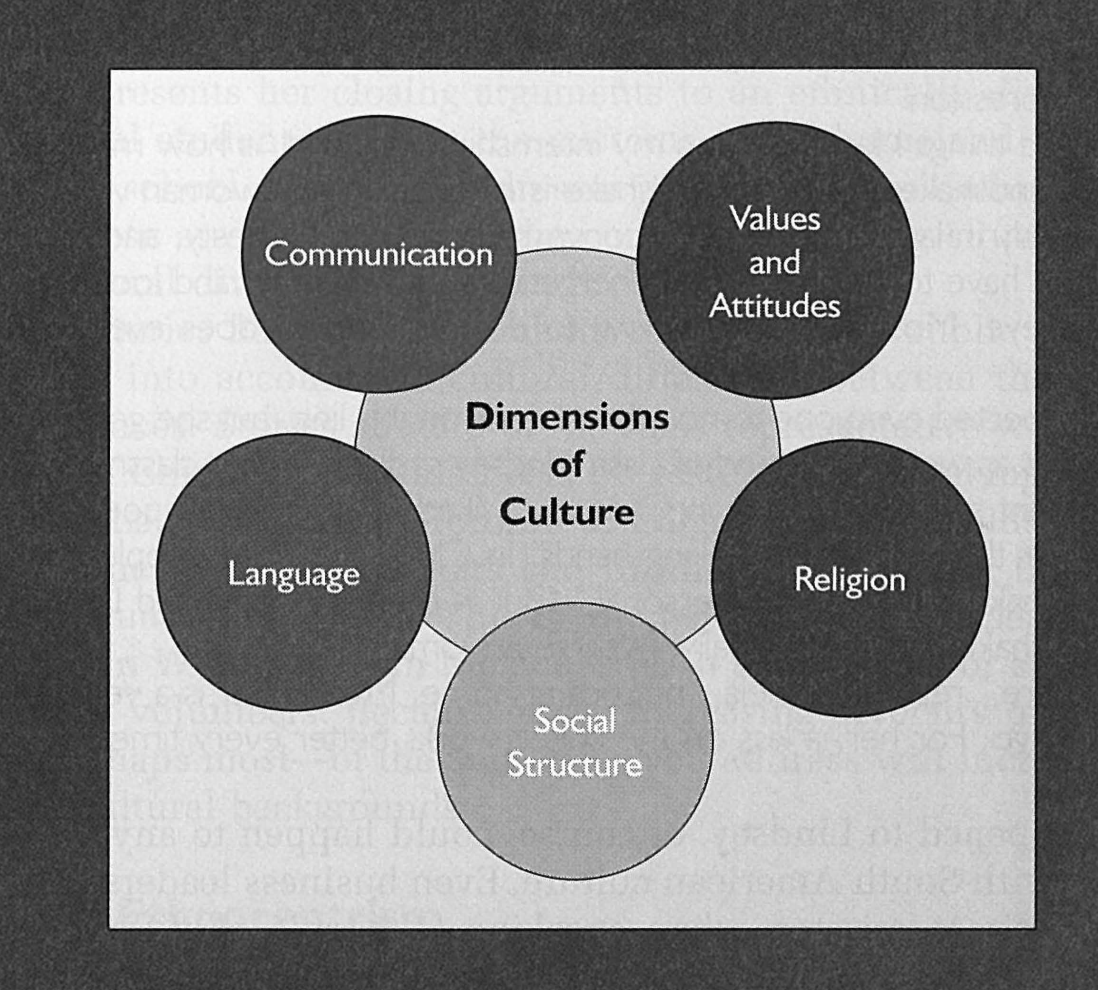Culture
There are two parts to culture. Our culture is developed through Socialization.
To learn about the different countries’ culture, see https://www.hofstede-insights.com/fi/product/compare-countries/.
From Sociology, there are several things that make up the fabric of Culture:

Concepts
- Cultural Diversity
- Assimilation
- High Culture
- Popular Culture
- Counterculture
- Ethnocentrism
- Cultural Relativism
Applying Sociological Theory to Culture
Structural-Functional focuses on:
- Function of Culture: complex strategy for meeting human needs
- Cultural Universals
Symbolic Interaction focuses on:
- Social interaction
- Symbolic meaning of actions and objects
- Variability across cultures and over time
Social-Conflict focuses on:
- Argue that the dominant culture benefits some members at the expense of others
- Culture’s value system supports and maintains inequalities
Personal Thoughts
Choose the right culture to surround yourself in.
Because different cultures value different things.
- China is very materialistic, and everyone enjoys wearing big western brand names like Chanel and LV
- Japan wears way more brand-less names
For example if you wear an NVIDIA hoodie on Waterloo campus, everyone is going to recognize. But wear this is a urban region and nobody is going to care. If you’re asian and go Africa you’re going to stand out. If you’re black and go to China you’re also going to stand out.
International Culture
title: Technique: Clear “Customs”
Before putting one toe on foreign soil, get a book on dos and taboos around the world. Before you shake hands, give a gift, make gestures, or even compliment anyone’s possessions, check it out. Your gaffe could gum up your entire gig.Book recommendations:
- Axtell, Roger. 1994. Do’s and Taboos Around the World. New York: John Wiley & Sons, Inc.
- Bosrock, Mary. 1997. Put Your Best Foot Forward series. Minneapolis: International Education Systems
- Nwanna, Gladson. 1998. Do’s and Don’ts Around the World series. Baltimore: World Travel Institute